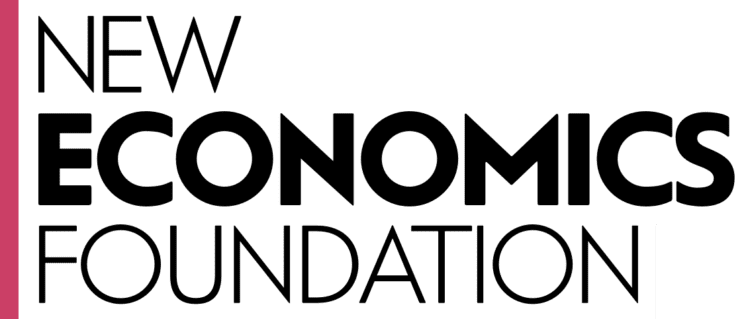Local Multiplier 3 (LM3) was developed by the New Economics Foundation as a simple and understandable way of measuring local economic impact. It is designed to help people think about local money flows and how their organisation can practically improve its local economic impact, as well as influence the public sector to consider the impact of its procurement decisions.
LM3 measures how income entering the local economy then circulates within it, across three ‘rounds’ of spending.
It was developed on the idea of the ‘leaky bucket’. If you imagine the local economy as a bucket full of water, every time you spend money that goes outside the local area, it leaks out the bucket. Generally, our energy is focused on trying to pour more money into an area so as to keep filling up the bucket; however, a better starting point for strengthening the local economy should be to try to prevent the money leaking out in the first place.
An economic multiplier effect describes the impact that spending has in the economy, taking into consideration knock-on effects. The measuring process starts with a source of income and follows how it is spent and re-spent within a defined geographic area.
A higher proportion of money re-spent in the local economy means a higher multiplier effect because more income is generated for local people. More income retained locally, or nationally, means more jobs, higher pay and more tax revenue for government, all of which may lead to better living standards.
The first stop to understanding LM3 is The Money Trail, published in 2002 as an introduction to understanding and measuring impact on the local economy using LM3.
The model has been refined and improved based on work with all 26 local authorities in the North East of England, with over £3 billion of annual spending with 140,000 suppliers. This work formed an important step in influencing national procurement policy and areas of legislation such as Social Value Act and National procurement and sustainability policies.
Construction companies are using the model widely to measure social and economic value. Public sector organisations, such as TFL, are incorporating LM3 as a standard measure of added value.
Further information
The Money Trail: Measuring your impact on the local economy using LM3
Plugging the Leaks contains additional documents.
There is also an online version of the LM3 tool.
